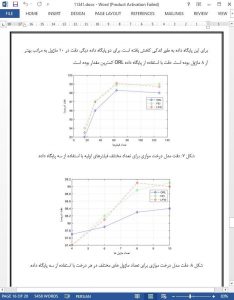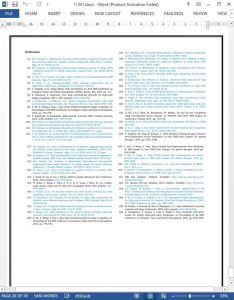Abstract
In recent years, the Internet-of-Things (IoT) technology is being used in many application areas such as healthcare, video surveillance, transportation etc. The massive adoption and growth of IoT in these areas are generating a massive amount of data. For example, IoT devices such as cameras are generating a huge amount of images when used in hospital surveillance scenarios. Here, face recognition is an important element that can be used for securing hospital facilities, emotion detection and sentiment analysis of patients, detecting patient fraud, and hospital traffic pattern analysis. Automatic and intelligent face recognition systems have high accuracy in a controlled environment; however, they have low accuracy in an uncontrolled environment. Also, the systems need to operate in real-time in many applications such as smart healthcare. This paper suggests a tree-based deep model for automatic face recognition in a cloud environment. The proposed deep model is computationally less expensive without compromising the accuracy. In the model, an input volume is split into several volumes, where a tree is constructed for each volume. A tree is defined by its branching factor and height. Each branch is represented by a residual function, which is constituted by a convolutional layer, a batch normalization, and a non-linear function. The proposed model is evaluated in various publicly available databases. A comparison of performance is also done with state-of-the-art deep models for face recognition. The results of the experiments demonstrate that the proposed model achieved accuracies of 98.65%, 99.19%, 95.84% on FEI, ORL, and LFW databases, respectively.
5. Conclusion
The tree-based deep models for face recognition were proposed in this paper. There were two versions of the proposed model: single tree and parallel trees. In the parallel trees model, several single trees were arranged in parallel. The residual function was used as the building block of the whole architecture. Experiments were performed using three publicly available face databases. The proposed models achieved around 99% accuracy using these databases. The information density of the proposed single tree-based model was near 0.6, which is considered excellent for a deep model. Compared to the existing deep models, the proposed models had comparable accuracies with a lesser number of parameters. These findings prove that the proposed models can be efficiently used as a face recognition system in real-time for security purposes. The future directions of the proposed work can be as follows. First, the proposed models can be extended to include more components such as the locally aggregated descriptors [46] instead of the concatenation used in the models. Second, more databases can be included in the experiments. Third, the proposed models can be used in other applications such as gender recognition and facial emotion recognition.











